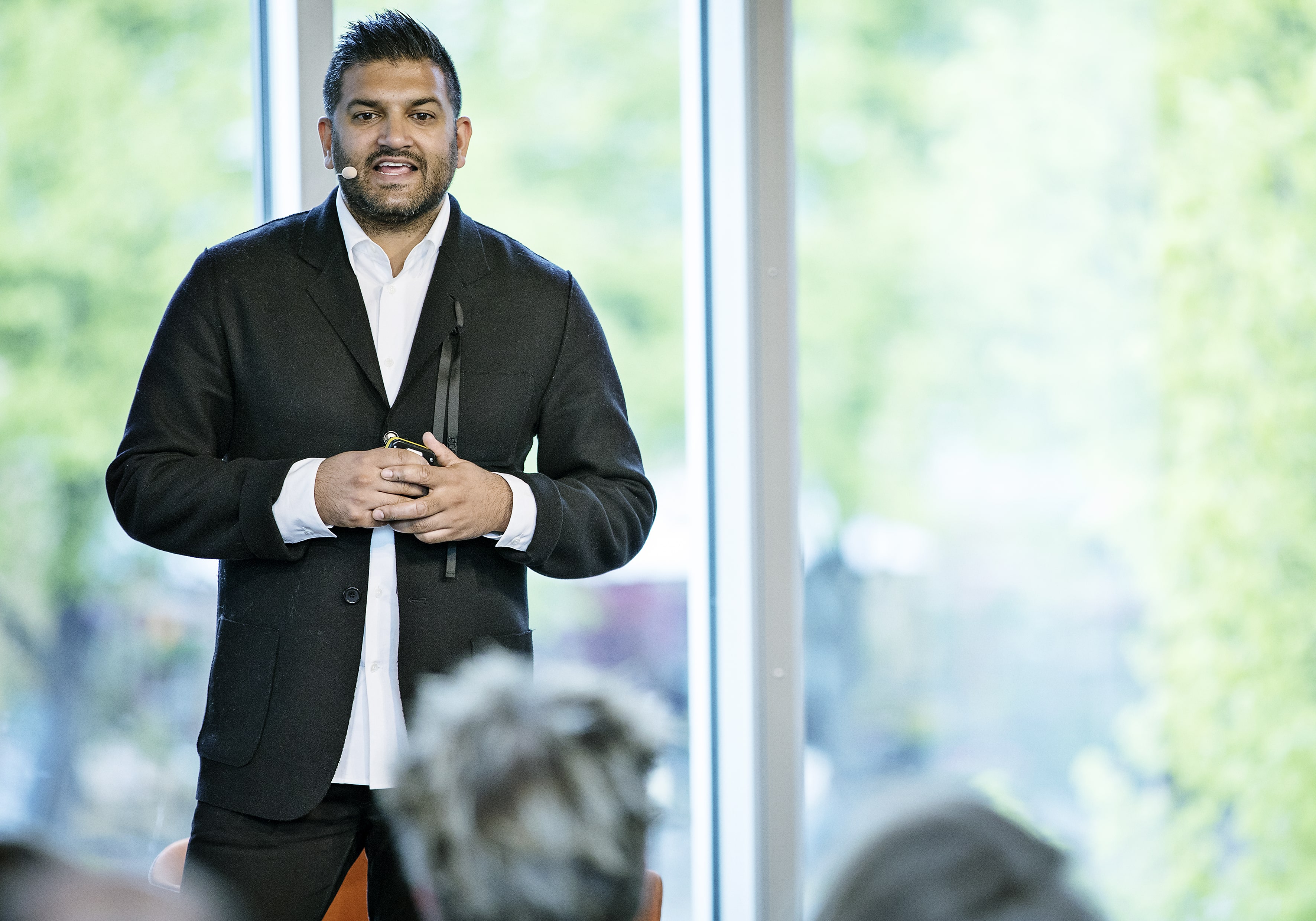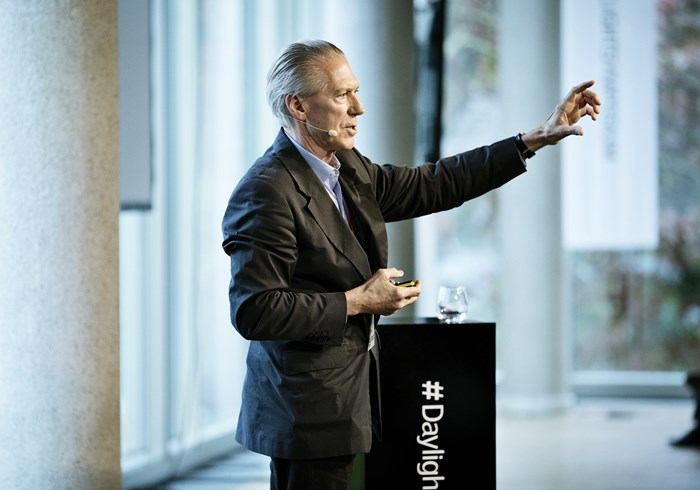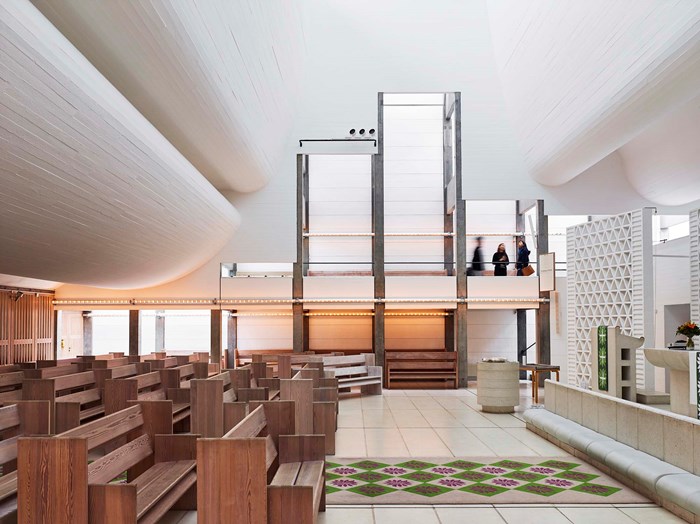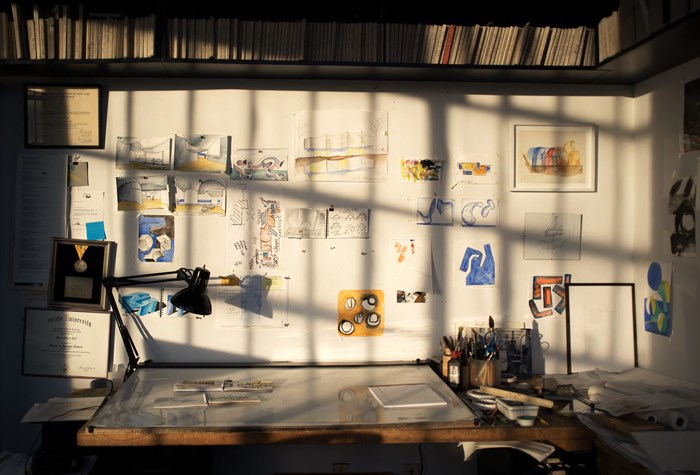
Lecture from the 7th VELUX Daylight Symposium that took place in Berlin on 3-4 May 2017 by Omar Gandhi.
Our projects often begin with a simple local precedent or diagram, often a hip roof or gable form. The form is then extruded up or across, bent or flattened, the roof planes folded and pleated. Sculpted by conditions and use, the reconstituted adaptation is receptive and responsive in its keeping with a modest, formal lineage. Within the realm of the adapted forms lies opportunities for creating strong architectural narratives which link the unique qualities of the site with the people who inhabit them. When we write the storyline of a spatial experience, daylight or the lack thereof is used as a tool that allows us to create particular moments. Much like in film or in song, where there are both high and low points along the storyline we think not only about lighting up an entire space, but rather to highlight spaces while also considering the contrast; to use light as a tool.
Omar Gandhi is a Canadian architect raised in Brampton, Ontario, currently practicing and residing in both Toronto and Halifax, Nova Scotia. Gandhi’s career began in Ontario. His early experience gave him the ability to work on a variety of projects, ranging from large commercial and institutional work in the southern regions to private residences in cottage country. Following his time in Toronto, Gandhi headed for the Maritimes. He opened his Halifaxbased design studio, Omar Gandhi Architect, in 2010 and became a registered architectural practice in 2012. In early 2016, Omar returned to his roots with the opening of his second office in downtown Toronto. Omar’s work has not gone unnoticed. Recognized as one of the world’s top 20 young architects by Wallpaper* Magazine, one of Canada’s 20 most influential people by Monocle Magazine, and as one of 2016’s ‘Emerging Voices’ by The Architectural League of New York, the sessional instructor at his Alma Mater, Dalhousie University, is most definitely leaving his mark on the architecture community.


